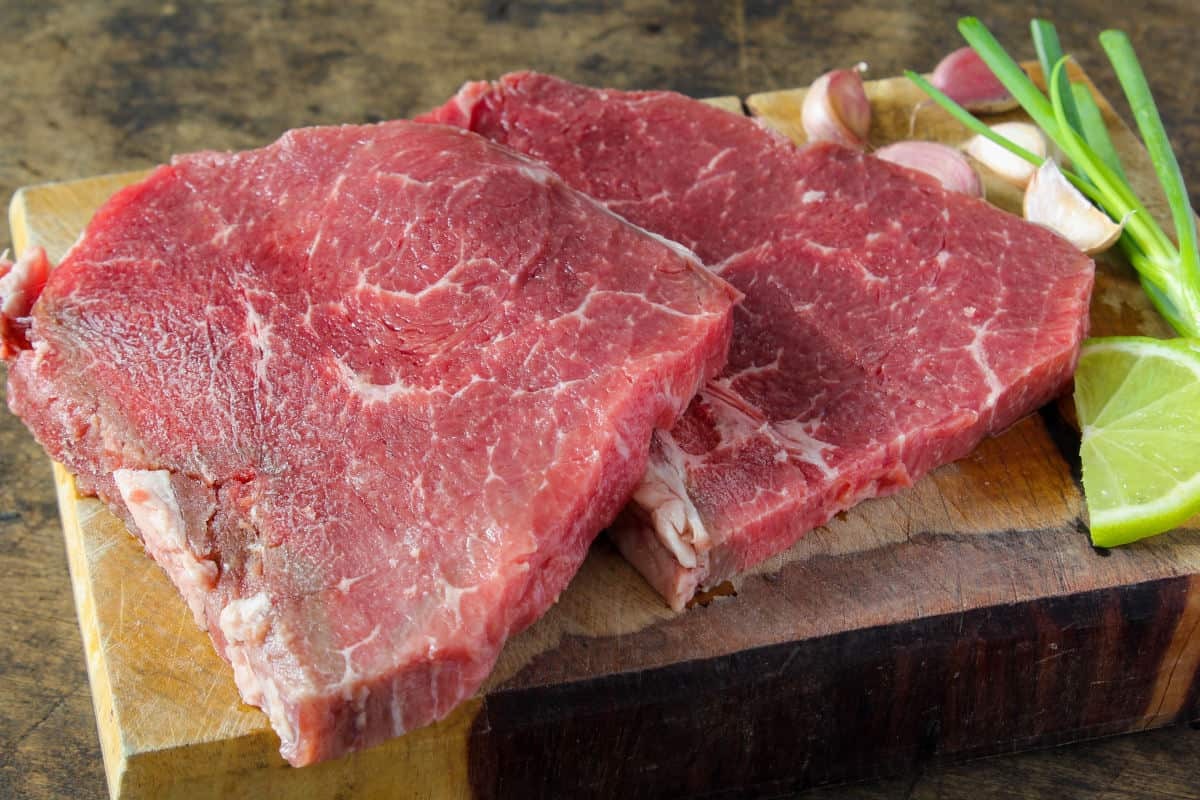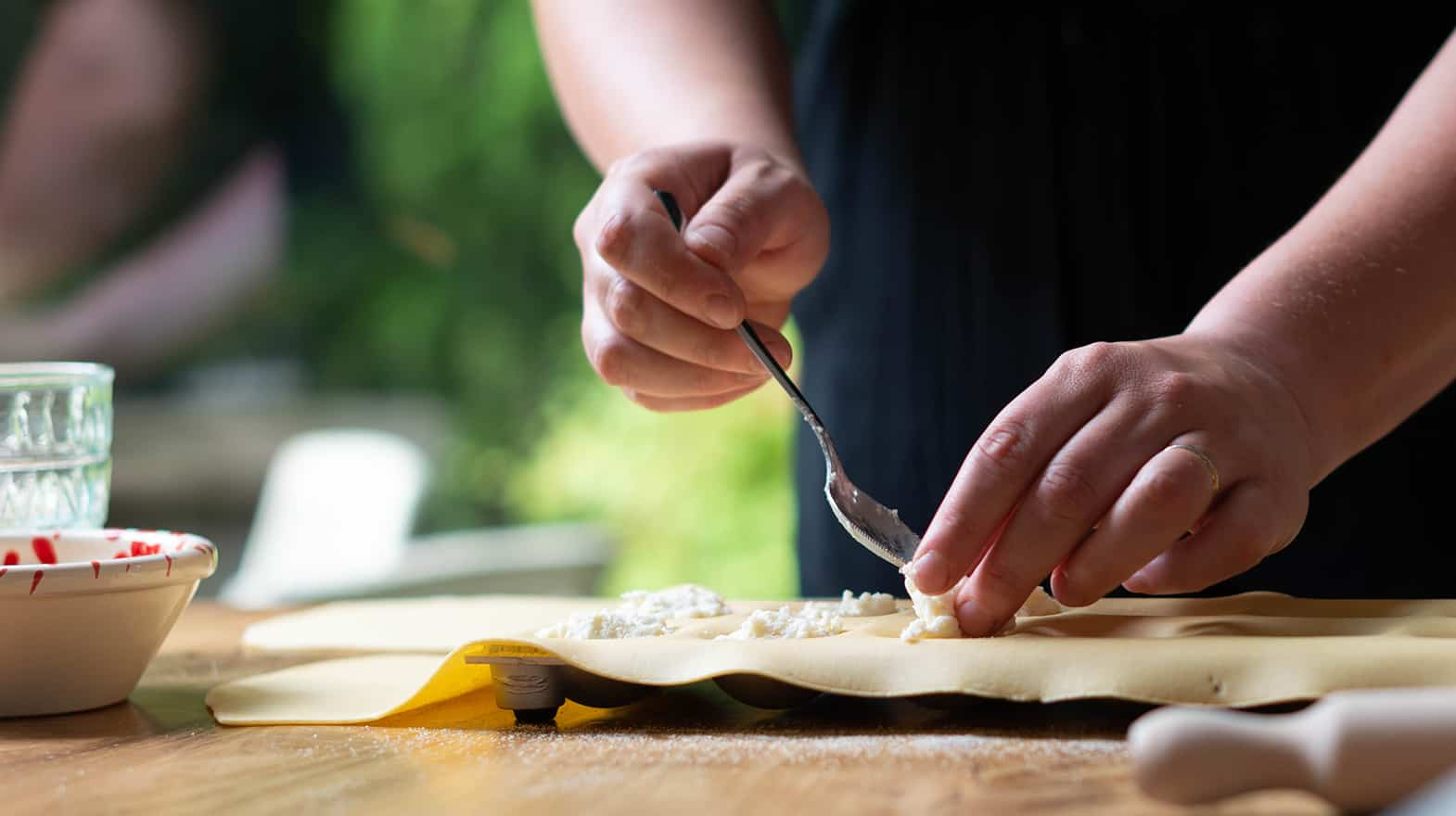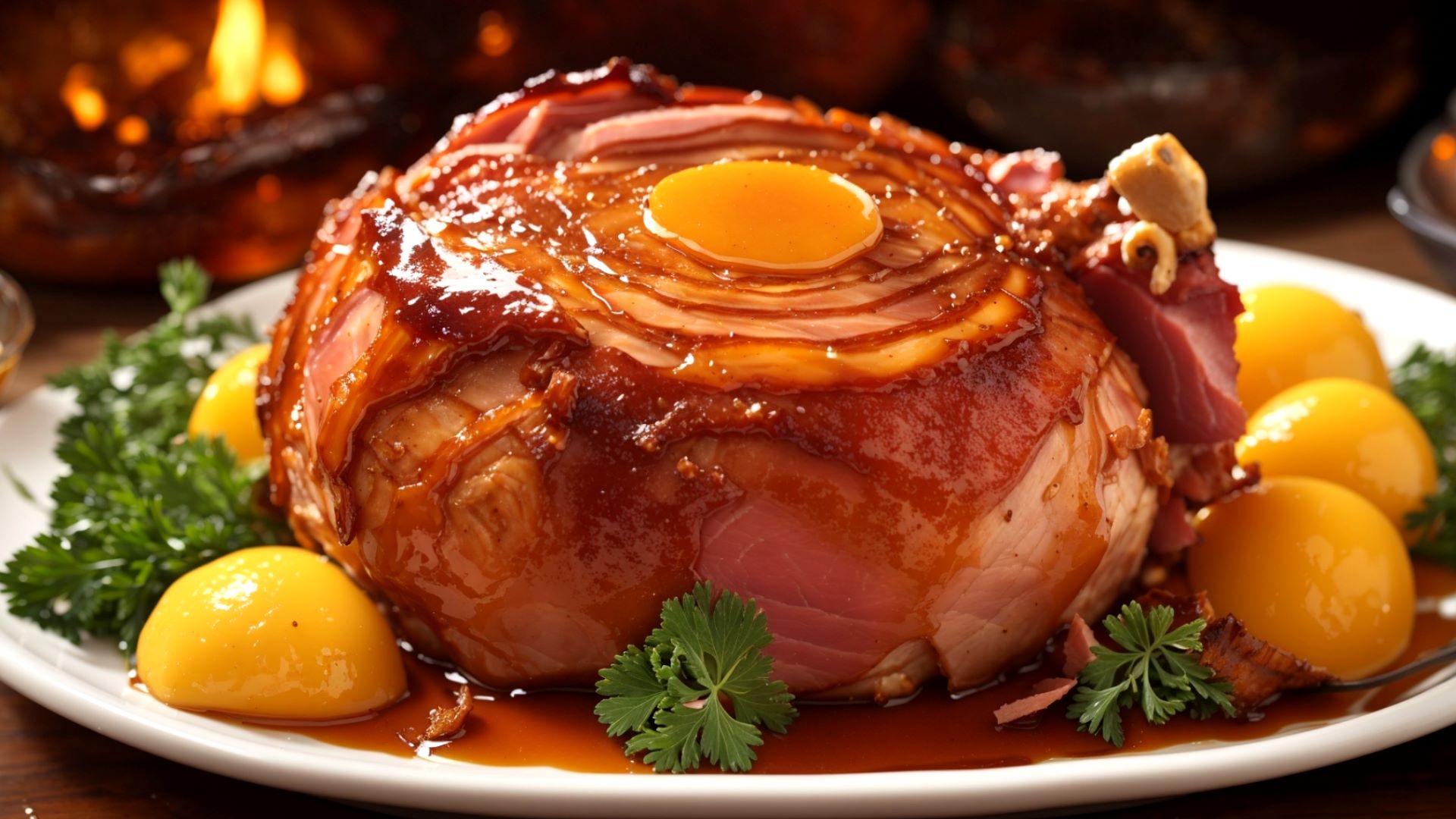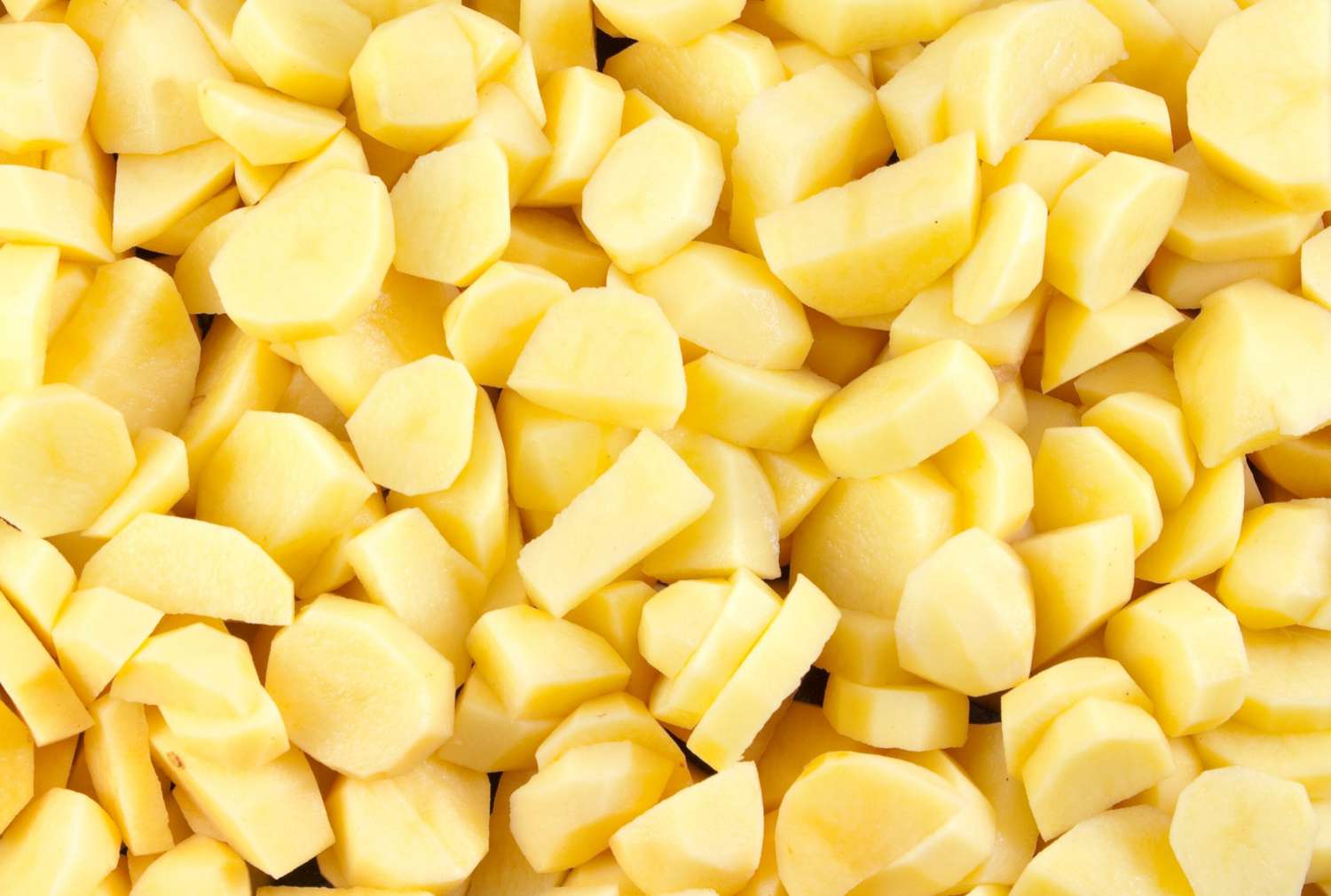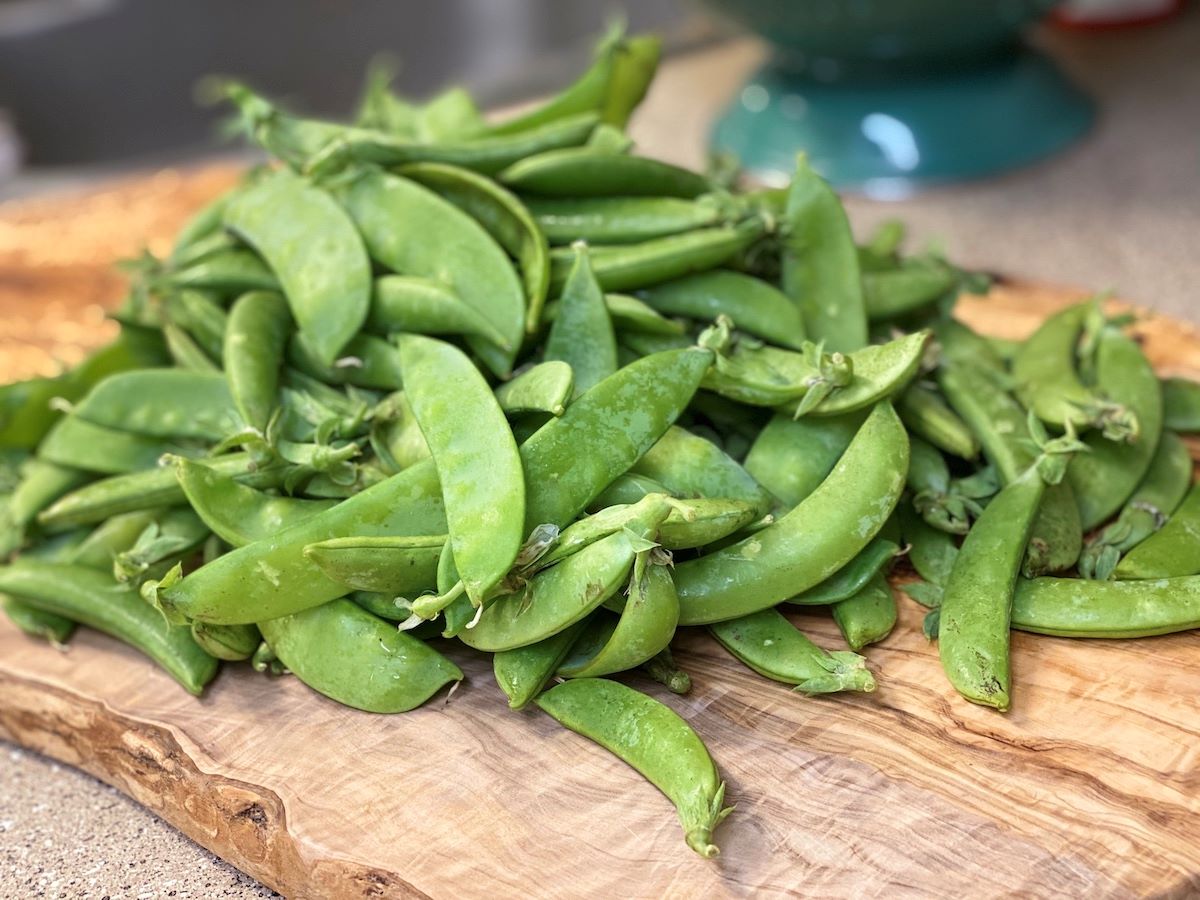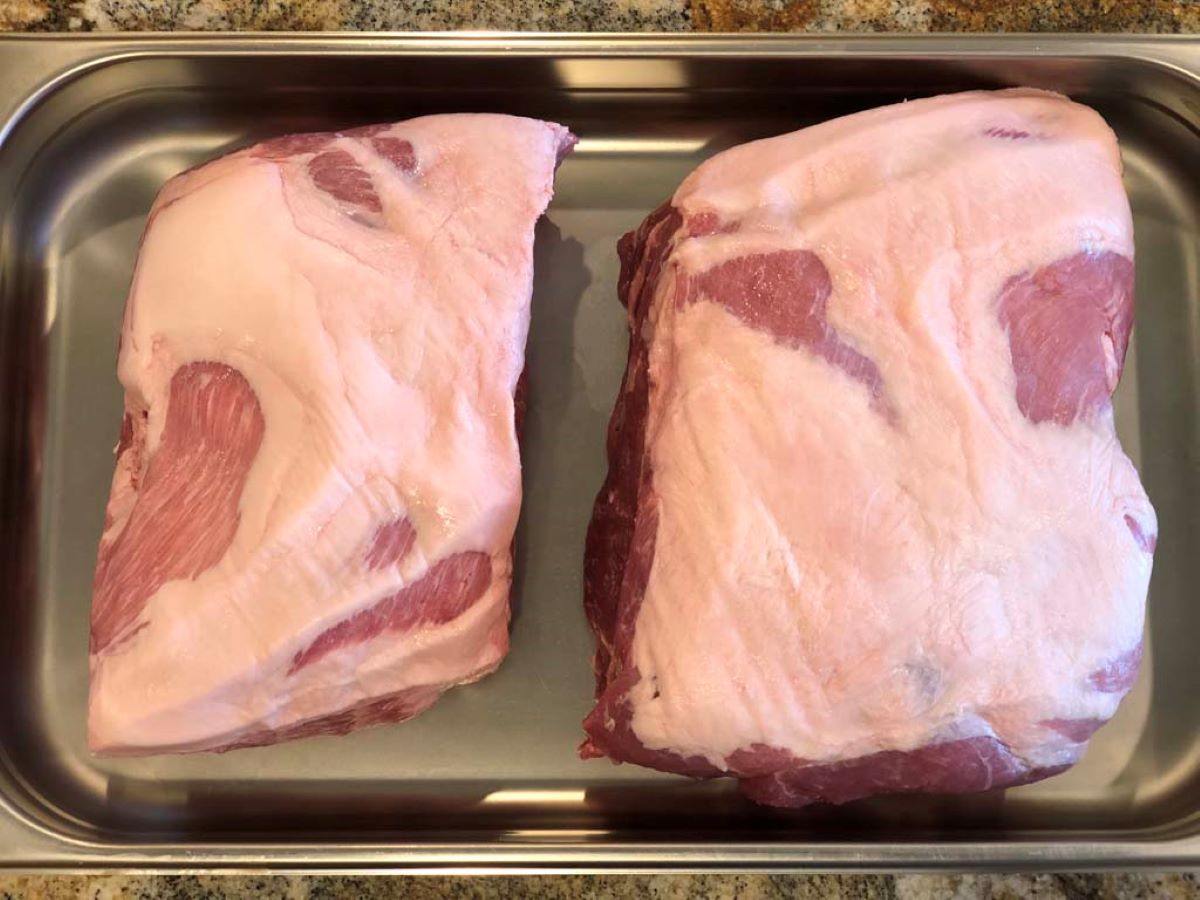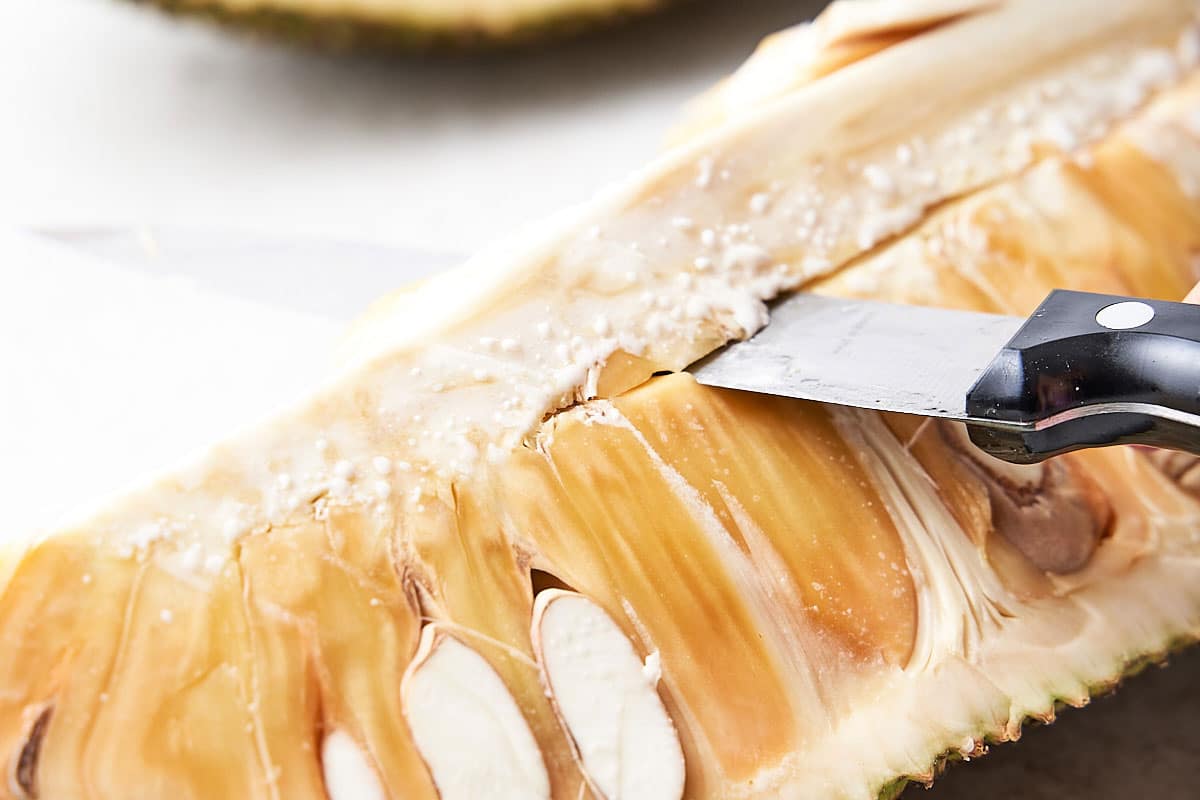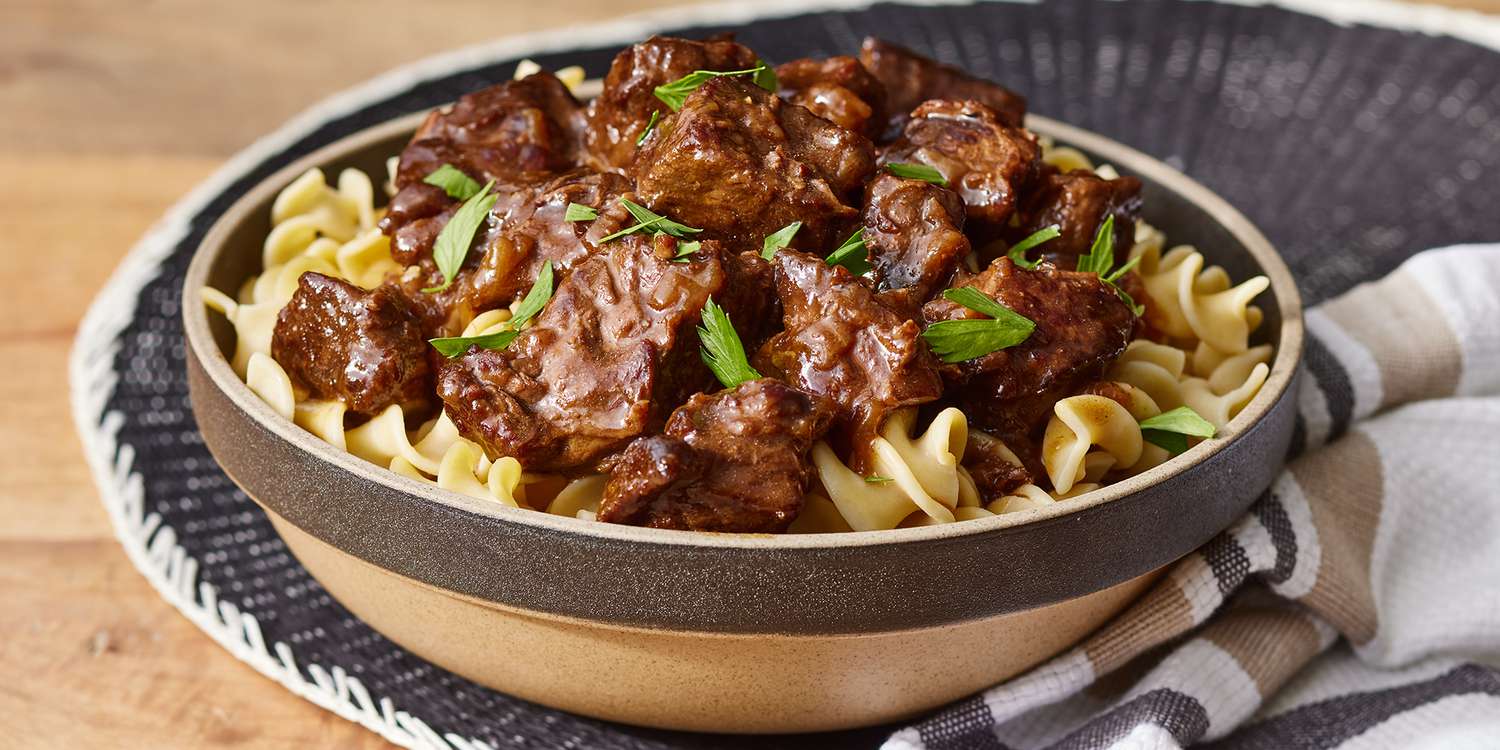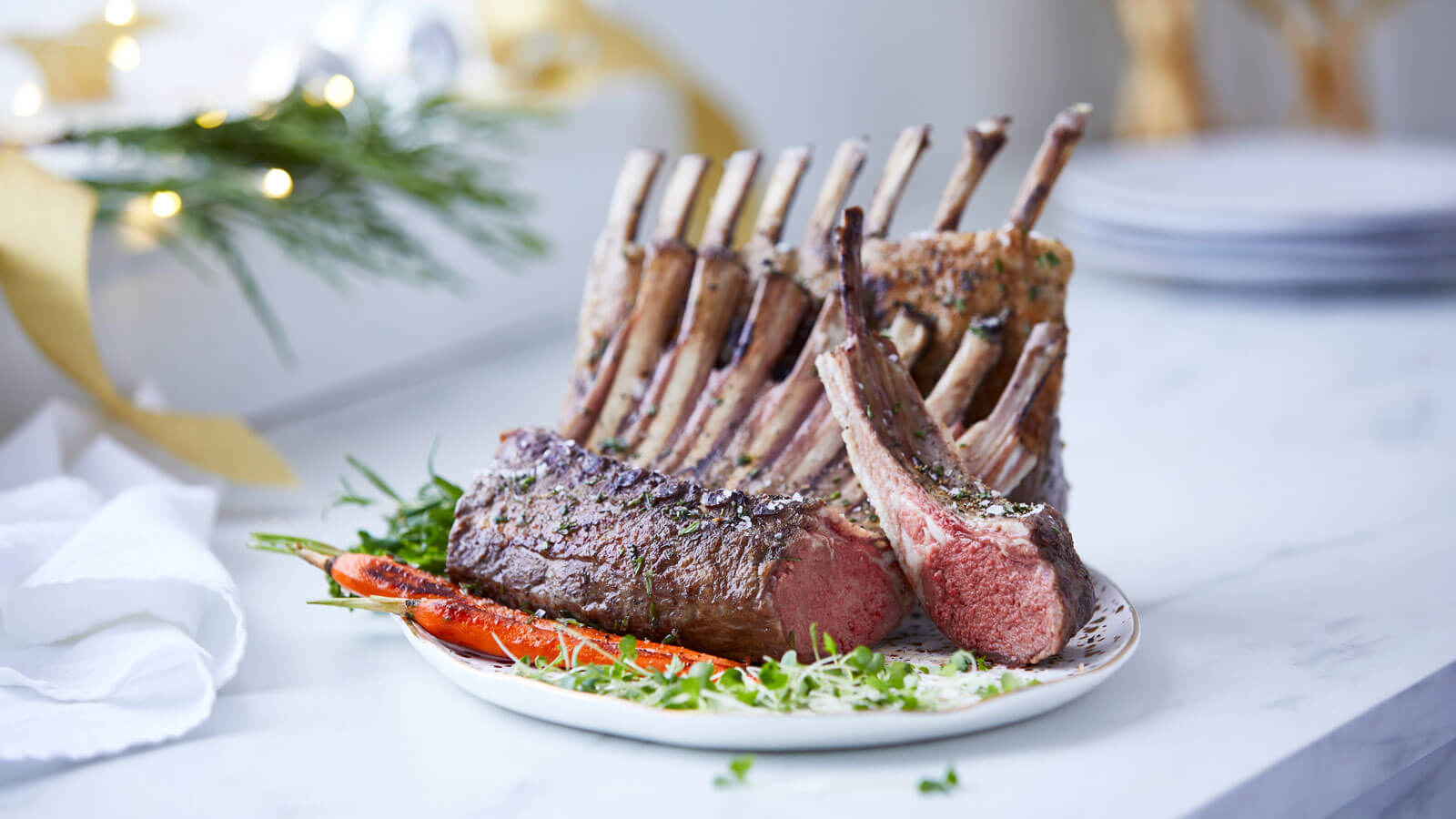How to Cut Up a Pork Shoulder
Welcome to our comprehensive guide on how to cut up a pork shoulder! Whether you are a home cook wanting to save money by buying a whole pork shoulder or an aspiring chef looking to showcase your knife skills, this step-by-step tutorial will help you master the art of breaking down this flavorful cut of meat.
What is a Pork Shoulder?
Before we dive into the cutting techniques, let’s talk about what exactly a pork shoulder is. Also known as a pork butt, the shoulder is a versatile and economic cut that comes from the upper part of the front leg of the pig. It is known for its marbling, which provides exceptional tenderness and flavor when cooked.
Tools You Will Need
Before you get started, gather the following tools:
- Sharp knife: Choose a sturdy, sharp knife that will make clean cuts through the meat.
- Cutting board: Opt for a spacious cutting board with a groove on the edges to catch any juices.
- Boning knife or fillet knife: This specialized knife will come in handy for removing bones and trimming the meat.
Step-by-step Guide to Cutting Up a Pork Shoulder
- Identify the bone: Lay the pork shoulder on your cutting board and locate the bone. The bone runs through the center of the shoulder and may be curved and oblong in shape.
- Separate the shoulder: Use your sharp knife to make an incision along the bone, separating the shoulder into two halves. This is known as butterflying the pork shoulder.
- Trim excess fat: With the bone exposed, use your boning knife or fillet knife to trim any excess fat or connective tissue from both halves of the shoulder. This will enhance the texture and flavor of the meat.
- Remove the bone: Carefully cut around the bone and detach it from the shoulder. Consider saving the bone for making broth or soup.
- Cut into desired portions: Take each half of the shoulder and cut them into smaller, more manageable portions based on your recipe or cooking preferences. Common choices include roasts, steaks, or cubes for stews.
- Further trim the meat: Feel free to trim any additional fat or silver skin from the individual portions to achieve a leaner and more uniform cut.
Storing and Using the Pork Shoulder
Once you have successfully cut up the pork shoulder, you may choose to store the portions in airtight containers in the refrigerator for immediate use. Alternatively, you can wrap them tightly in plastic wrap and freeze for longer storage.
Pork shoulder is incredibly versatile in the kitchen and can be used in a myriad of recipes. From succulent pulled pork sandwiches to mouthwatering braised dishes, this cut is sure to impress. Just remember to adjust cooking times and techniques based on the specific cut you have prepared.
Final Thoughts
Cutting up a pork shoulder may seem like a daunting task, but with practice and this expert guide, you’ll be slicing through it like a pro in no time. By mastering these cutting techniques, you’ll not only save money by buying the whole shoulder but also open up a world of culinary possibilities.
So grab your knife, put on your culinary hat, and get ready to enjoy the juicy, flavorful rewards of cutting up a pork shoulder with confidence!
If you're eager to put your newfound skill of cutting up a pork shoulder to good use, there are plenty of recipes to try. Start with Pork Carnitas Tacos and Classic Pulled Pork Sandwich for some hearty, flavorful meals that showcase the versatility of the meat. For a bit of an adventure, give Filipino Adobo Pork a shot; its tangy, savory profile will add a new twist to your repertoire. If you're in the mood for something smoky, the Smoked Pork Shoulder is a must-try, offering rich, deep flavors that are perfect for a weekend cookout. Finally, don't miss out on Pork Shoulder Chili for a comforting, spicy dish that's perfect for a cozy night in.
Was this page helpful?
Read Next: How To Cut Steaks From Deer Hind Quarter
